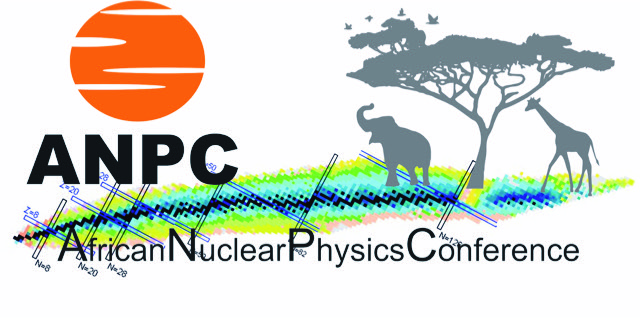Speaker
Description
The Giant Resonances are the collective modes of nuclear excitations at high frequencies. The decay of the isoscalar giant monopole resonance to the ground state of the nucleus provides key observables in nuclear structure such as insights to nuclear compressibility and density of states. These are important for nuclear astrophysics, however mostly the electromagnetic decay modes have been studied. The E0 part of these strength can only be measured with internal conversion or pair emission.
Internal pair formation studies are already undertaken in astrophysical related measurements in light nuclei and can be extended further with a dedicated spectrometer. Investigations of the isoscalar giant monopole resonances vary from the medium, rare-earth and actinide regions of the Segré chart. The measurement of these states via internal pair decay is both lacking and very promising.
A 4π dilepton spectrometer, PEPSI (positron-electron pair spectroscopy instrument) will be used to study highly excited states in nuclear matter. The spectrometer has been donated to iThemba LABS in 2018 in the spirit of collaboration by the Institute for nuclear Research, Hungarian Academy of Sciences, Hungary. The spectrometer, consisting of 20 electron and 12 positron magnetically focussing elements requires new telescopic detectors, detector elements, magnetic shielding and associated electronics. With the refurbishment, the spectrometer will be capable of measuring electron-positron pairs with good efficiency over a modest energy range (10-20 MeV) allowing for access to studies of isoscalar giant monopole resonances
The spectrometer will be integrated into the K600 spectrometer at iThemba LABS and furthermore when combined with other detectors, such as ALBA, utilising high detection efficiency for high-energy gamma-rays, then a unique niche area of physics is feasable.

